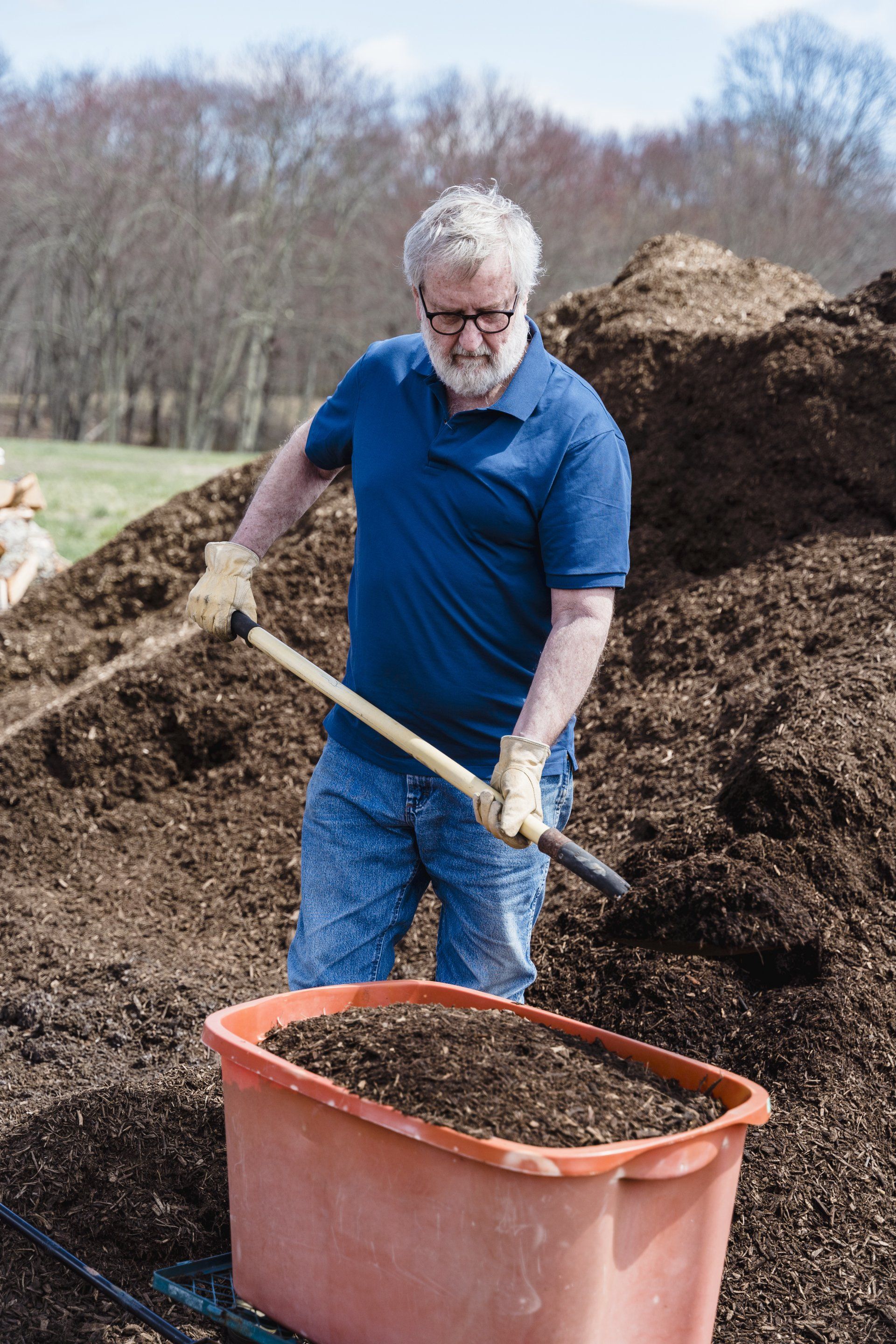Calculating Fertilizer Application Rates
Calculating Fertilizer Application Rates from Your TPSL® Soil Test Report

The guaranteed analysis or formula listed on the fertilizer bags is the three big numbers. These give the percentage by weight of the major nutrients contained in that bag. For example, in a bag of 32-10-10 fertilizer, 32% of the weight of the fertilizer in the bag is Nitrogen (N), 10% is Phosphorous (P) as P2O5 equivalent and 10% is Potassium / Potash (K) as K2O equivalent.
Don’t worry about "fertilizer equivalent" because application should always be given in pounds of N, P2O5 and K2O per area.
To determine the actual amount of each nutrient equivalent in the bag of fertilizer, multiply the weight of the bag by the percentage of that nutrient equivalent in decimal form. So, to determine the actual Nitrogen content in a 50-pound bag of 32-10-10 fertilizer:
50 (pounds) x 0.32 (percentage of Nitrogen) = 16 pounds of actual fertilizer material.
To determine how many pounds of a specific fertilizer material are required to reach a specific amount of one nutrient, divide the percentage of that nutrient (in decimal form) as contained in the bag into the desired number of pounds of that nutrient. For example, in the 32-10-10 fertilizer, to determine how much fertilizer is needed to reach a desired rate of 1 pound of Nitrogen: 1 divided by 0.32 = 3.12 pounds. Therefore, 3.12 pounds of fertilizer must be applied to the designated area (let's say 1,000 square feet) to supply 1 pound of Nitrogen.
Also note that these are percentages of N, P2O5 and K2O, not the elemental P and K . Fertilizer recommendations are always given as the equivalent. If interested, to convert oxides to elemental, multiply P2O5 by 0.44 and multiply K2O by 0.83, and to convert elemental to oxides, multiply P x 2.29 and multiply K by 1.20.
Let's work another example. How much 24-6-12 fertilizer, do you need to apply at 1 lb. N/1,000 sq. ft. to an 8,000-sq-ft lawn? Use our formula: required rate of N per 1,000 sq.ft divided by % of N in the analysis (use the decimal form) equals amount of fertilizer product per 1,000 sq.ft. (1 / 0.24 = 4.20 lbs per 1,000). Since you need enough for 8,000 sq. ft., then multiply 4.20 x 8 and get 33.60 lbs needed for the job. The same calculation will work for the Phosphate (P2O5) percentage and the Potash (K2O).
Lawns require several fertilizer applications per season for best sustainability. This provides healthy growth, good color and pest and stress resistance. We generally apply between 0.50 and 1.50 lb of N per 1,000 sq. ft. in an application to the lawn. You may apply about 50% of that value in K2O (Potash) and apply P2O5 (Phosphate) at 25% of the N on average. Our natural bio-available soil test is still the only accurate route to take for the N, P, K , pH, etc.
Your TPS Lab Comprehensive Soil Test will give you Fertilizer Guidelines for the entire growing season. The Guidelines will be stated in pounds per acre, pounds per 1,000 square feet, or Kg. per Hectare. In another example, we recommended 245# of N, 100# of P2O5 and 191# of K2O per acre, or 5.62# of N, 2.29# of P2O5 and 4.38# of K2O per 1,000 square feet. This translates to approximately a 24-10-19 blend. 1,000#/ac. or a little over 5-1/2#/1,000 square feet of this blend would be applied in 3 or 4 split applications (March-October) over the entire growing season. Because this formula may not be available off-the-shelf from your local supplier, you can combine blends to achieve the recommendations (a 3:1:2 ratio of N:P2O5:K2O would be best in this example).



